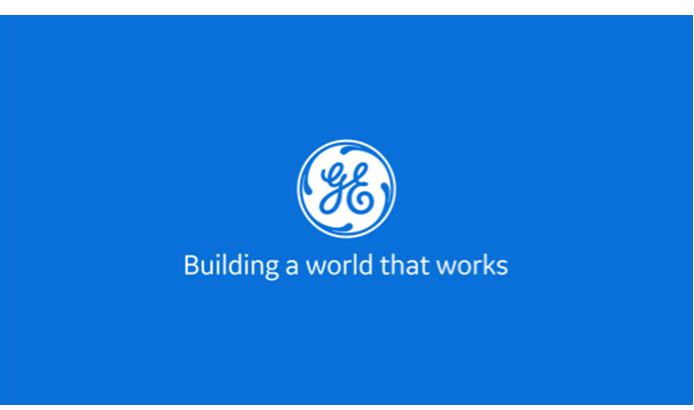Make the tyranny of distance your kingdom (and be grateful for your parents)
Filmmaker and special-effects supremo Peter Jackson
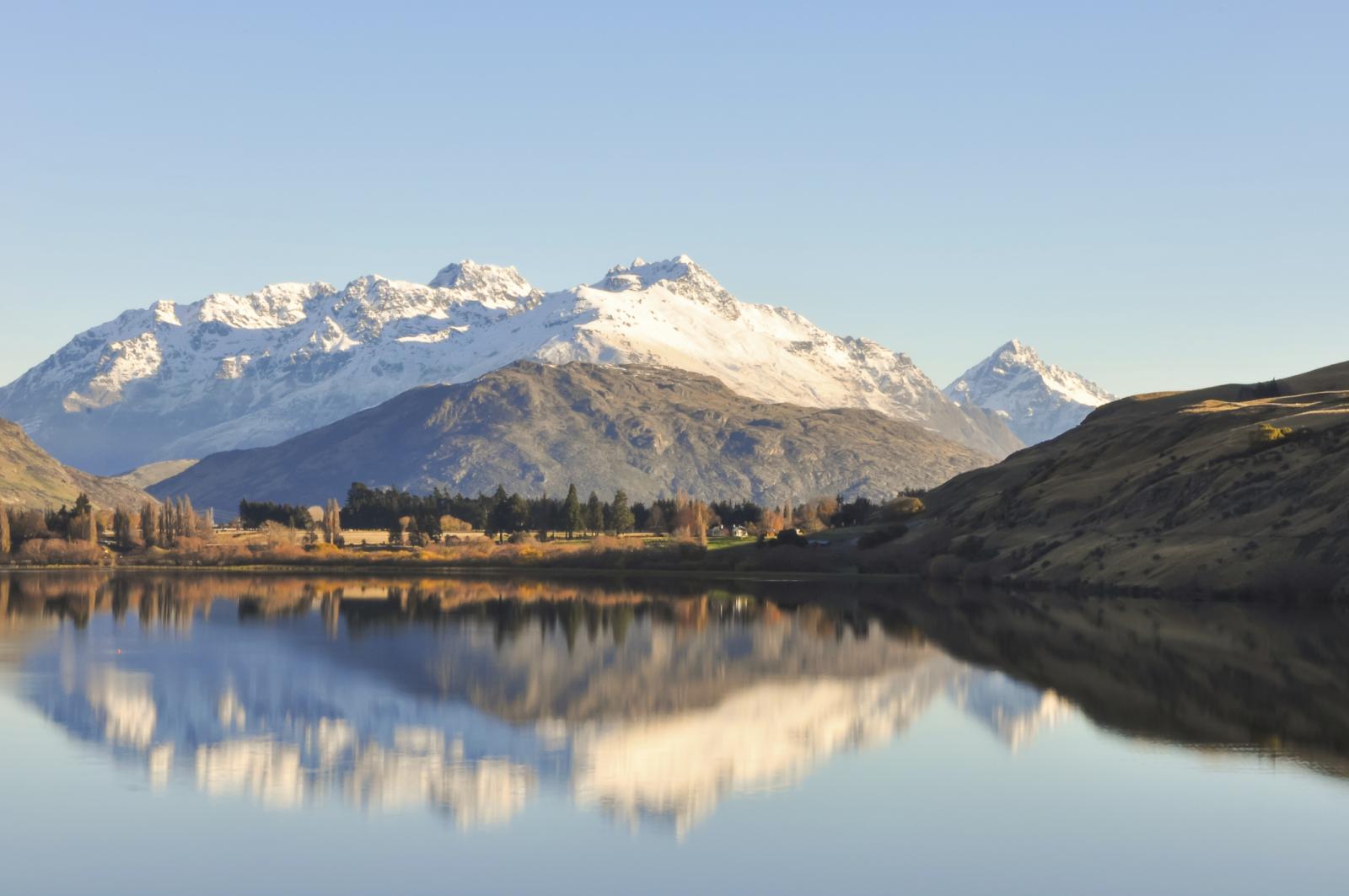
His love of special effects and model-making was sparked around the time five-year-old Peter Jackson watched the puppet-populated Thunderbirds TV series on his family’s black-and-white TV set. Jackson says his parents would have preferred their son to direct his model-making talents into a profession such as architecture, but nevertheless supported his “nutty ideas” as he became obsessed with special effects and making fantasy films, to the point where it took over the family home. “I baked these big foam latex heads and big plaster-of-Paris moulds in my mum’s oven, so mum couldn’t cook the Sunday roast … we all had to have beans on toast because the oven was being commandeered by me, and filling the house with toxic fumes…”.
Bill and Joan Jackson died during the filming of their son’s Lord of the Rings trilogy, but are thanked in the credits of The Fellowship of the Ring. The New Zealand government should strike a medal in their honour. “New Zealand didn’t have a film industry when I was starting out … I was wanting to make movies in a country that didn’t make films,” said Jackson in 2012. His epic success and commitment to not just shooting but also doing the elaborate special effects for his blockbusters in New Zealand is a continuing boon to the New Zealand economy. As Variety noted in October this year, “Jackson has created five companies to service every aspect of filmmaking… his films have gotten more ambitious, creatively and technically. So these companies were created to meet the needs of Jackson and the growing film industry in New Zealand.” Jackson’s only choice was to pursue his film-making dreams overseas where the facilities existed, or get them going himself in his backyard (a tactic with which he had early experience). Today his companies employ hundreds of people and work on films with James Cameron and Steven Spielberg, all from the picturesque national capital, Wellington. And of course his movies have inspired a whole tourism industry around the Lord of the Rings and the Hobbit franchises—and those cool Air New Zealand safety videos. Talk about my precious.
Do what you love; love what you do—and pivot if you don’t
Gail Kelly, outgoing CEO of Westpac
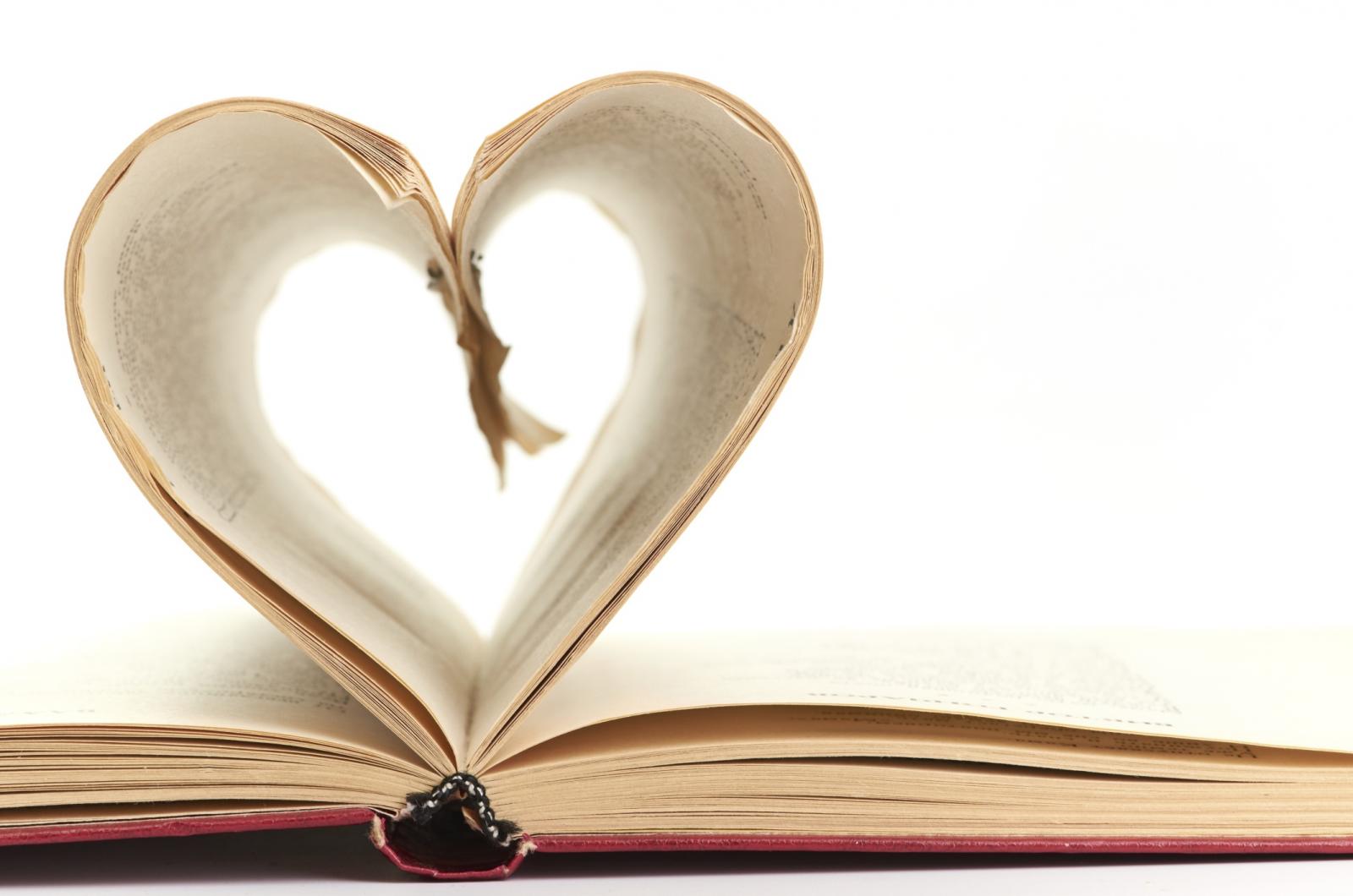
Australian retail banking’s glass ceiling was finally breached in 2008 when Gail Kelly became the first female CEO of a big-four bank, Westpac . In 2010, Forbes ranked her as the eighth most powerful woman in the world and she’s still sitting at 56 on that formidable list as she prepares to retire in 2015. Much has been written and said about her leadership style and Kelly herself cites self-awareness and being willing to make a big career shift as critical qualities. “If you love what you do, you’ll do more of it; doing more of it, you’ll gather more confidence, more energy and get better at it,” she said in a St George Foundation launch speech, expounding on the seven life lessons she holds as crucial arrows in her leadership quiver. “That builds more confidence and energy and you love it more. And you grow in your capability and skills. And the reverse is true.” She told the tale of the day when, as a 21-year-old school teacher, she found herself rousing angrily on a young boy for a leaving behind a jumper. Afterwards, she recalled, “I just felt so ashamed. I thought, ‘What has happened to me, this person who loves people and enjoys teaching and who has a positive view of her life? What has happened to me, that this is the way I am behaving, this is the way I am reacting to some small situation?’ … I recognised that I needed to make a change either in my attitude or in what I was doing. I felt I wasn’t coping in what I was doing. And I ended up at the end of that term leaving teaching and ultimately joining the bank.” She became a teller and that worked out pretty well.
Give back—and track your impact
Daniel Flynn, managing director and co-founder of Thankyou Water
When self-described Melbourne “comfortable white boy” uni student Daniel Flynn learned that around 900 million people around the world don’t have access to clean drinking water, while he lived in a country where most people could drink tap water but nevertheless spent millions of dollars a year on bottled water, he decided to tap into the wealth of the well-heeled bottled-water drinkers to help the health of the clean-water bereft. He was just 19 when he and co-founders Justine Flynn and Jarryd Burns launched Thankyou Water in 2008, with 100 per cent of profits going to fund clean-water projects in developing countries. “It was using the market to solve the problem,” Flynn explained this year to ABC Radio National’s Life Matters. “I think bottled water’s a little bit stupid … we spend $600 million every year on it in Australia… So we said, since the market exists, let’s go in there and get as much profit as we can from it and direct it to people in need.”
The Thankyou movement has since expanded to 18 Australian-made products including muesli bars, cereal, hand cleansers and creams, now also funding food programs and health-and-hygiene training. Thankyou engaged socially minded consumers via a proprietary high-tech accountability system, the Track Your Impact app: purchasers enter a unique code from their product to see the exact project its purchase is funding, complete with GPS co-ordinates and options to receive project-completion reports via email and to keep track of the impact of a host of their purchases. “It’s a lot more than a gimmick,” says Flynn. “All of our partners on the ground have iPhones with specialised apps to send photos back… We believed we needed to win the trust back in making a difference.” It’s going well. As at October 1, 2014, Thankyou has directed more than $1.8 million into funding carefully vetted projects, with 2014 their biggest year yet—as their interactive report shows.
Ditch the tried-and-true conventional design and try something radically different
Ben Lexcen, yacht designer and mastermind of the winged keel
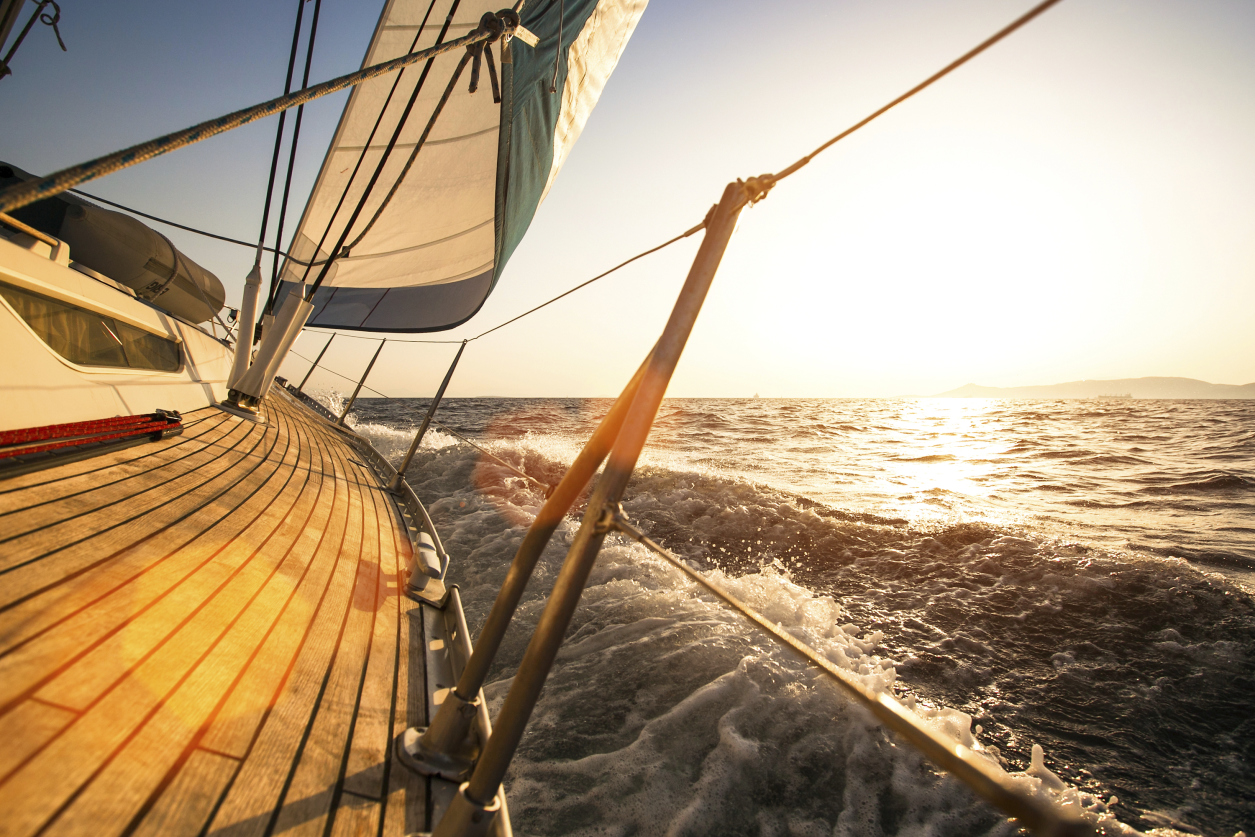
In Newport in September 1983, masterful seamanship, grit, considerable wealth and the genius of a self-educated marine architect combined to break the New York Yacht Club’s 132-year-old grasp on yacht racing’s revered America’s Cup. Ben Lexcen described his winged-keel—a radical rethinking of the traditional keel design for 12-metre yachts that improved stability, speed and manoeuvrability—as looking “like a giant Plesiosaur with wonderfully rounded flippers”. The American camp unsuccessfully protested both the design’s legality and that it was not an Australian design (a claim that bobs up every now and then, to once again be argued down).
Then Prime Minister Bob Hawke summed up Lexcen’s innovation ethos superbly in 1984, when he launched Bruce Stannard’s biography Ben Lexcen, The Man, The Keel and The Cup. “In the story of Ben Lexcen I see one very important lesson for contemporary Australia: It demonstrates the importance of applying our native ingenuity and innovative capacity, while staying abreast of international technological developments,” said Hawke. “Even as a child, he kept himself informed of, and learned from, what was being done by ... great international designers … he was in no way ashamed of, or in any sense, hypocritical about, his use of the tank-testing computer facilities in the Netherlands. Ben Lexcen’s achievement lies in absorbing that international technology and going beyond it … Ben’s is an example which Australians in all fields of endeavour can look to… That obviously involves a great deal of absorbed international technology and know-how, but no-one can deny that Australia II is a magnificent Australian technological achievement any more than we can deny that Ben Lexcen is a unique Australian genius and original character.” In 2006 Lexcen, who died of a heart attack in 1988, aged 52, was posthumously inducted into the New York Yacht Club Hall of Fame.
Infect yourself (no, really)
Nobel-prize winning scientist Barry Marshall

In the early 1980s, Dr Barry Marshall challenged the conventional wisdom that ulcers were caused by stress and spicy food, and simultaneously threatened a multi-billion-dollar-a-year gastroenterologist and antacid industry. His hypothesis, working with pathologist colleague Dr Robin Warren at Royal Perth Hospital, was that the Helicobacter pylori bacterium caused stomach ulcers, and that the resulting inflammation could also lead to stomach cancer. “To gastroenterologists, the concept of a germ causing ulcers was like saying that the Earth is flat,” he told Discover magazine decades later. “You think, ‘It’s science; it’s got to be accepted.’ But it’s not an absolute given. The idea was too weird.”
Marshall was seeing ulcer patients at the hospital in excruciating pain, sometimes having their stomachs removed or even bleeding to death. “I knew all they needed was some antibiotics, but they weren’t my patients,” he recalled, and there was no incentive to find a cure as most ulcer patients didn’t die. “I had this discovery that could undermine a $3 billion industry, not just the drugs but the entire field of endoscopy… And here I was handing it on a platter to the infectious-disease guys.” To fast-track proving his theory, in 1985 Marshall took the radical step of infecting himself with H. pylori cultured from a patient whose gastritis he had cured using antibiotics. “I swizzled the organisms around in a cloudy broth and drank it… My stomach gurgled, and after five days I started waking up in the morning saying, “Oh, I don’t feel good,” and I’d run in the bathroom and vomit… After 10 days I had an endoscopy that showed the bacteria were everywhere. There was all this inflammation, and gastritis had developed. That’s when I told my wife.” There was still a way to go, but the confirmation led to antibiotics becoming the accepted treatment to cure ulcers. In 2005 the Nobel Prize for Medicine was jointly awarded to Marshall and Warren, with Lord May of the Royal Society describing their discovery as “one of the most radical and important changes in the last 50 years in the perception of a medical condition.” Marshall is still working with H. pylori at Ondek, the biotechnology company he founded.
Think big (even when you’re little)
Mark McDonald and Josiah Humphrey, the just-Gen Y wunderkind Appster founders
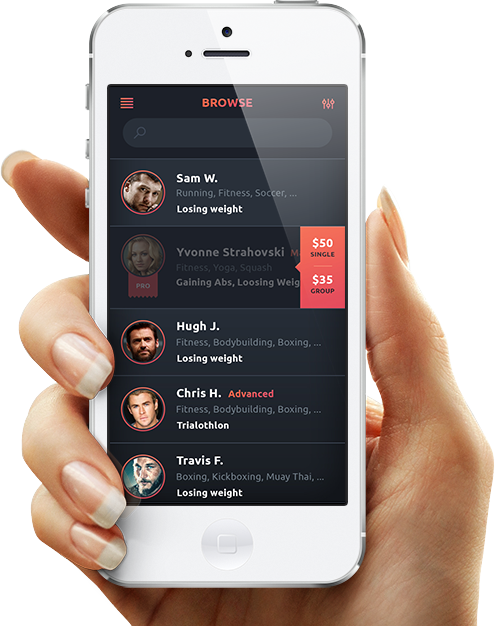
Image Credit: Appster
They were teens—that’s 13, not 19—when they met and decided to get into business together. Their voices had not yet broken, but the boys were brimming with plenty of adult business ideas: both were fascinated by the possibilities emerging at the nexus of marketing and technology, and met online in a tech forum. “We were both young and wanted to know how we could hustle and make it in the real world,” New Zealand-born Humphrey told the Australian Financial Review this year. “Most of those people were 25 to 30 years old.” They began consulting to US firms on SEO while still at school, with the income from that ultimately encouraging them to back themselves to drop out of high school (Humphrey) and uni (McDonald) to focus on developing their business. A decade after they got their like-minds together, Appster is a mobile and web app-development business with 100 staff across Australia, the US and India. Hailed as one of the fastest-growing app-development companies in the world, they’re projecting more than $10 million revenue in Australia alone in the coming year, and looking for $100 million worldwide by 2018.
“Think of us as your technical co-founder and a startup accelerator rolled into one …” they boast on their site, “all without taking any equity.” Says McDonald: “I think in a lot of ways, it became easier to do business as a young person because there has been so much success out of Silicon Valley. People see a young person and they think ‘this could be the next big thing’.” Humphrey adds: “We are getting older now. We don’t have to fake low voices on the phone anymore.” And they’re not faking modesty, either. Their stated mission: “Just like Henry Ford did to cars or Rockefeller did with the oil refinery industry, we’re going to do the same for ideas, and become the world’s first global ideas company.”

